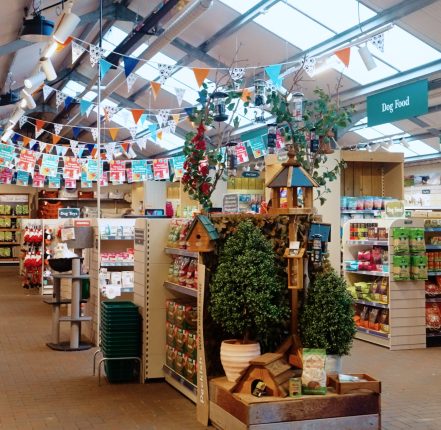Ornamental grasses and bamboo offer a captivating blend of texture, movement, and architectural form to gardens of all sizes. From the delicate sway of feather reed grass to the imposing stature of mature bamboo, these plants can transform outdoor spaces into tranquil retreats. However, successful cultivation requires understanding their specific needs. This guide provides essential tips for beginners, focusing on planting and care.
Choosing the Right Plants:
- Consider space: Bamboo varieties range from compact clumping types to vigorous runners. Assess available space to avoid future problems.
- Climate compatibility: Select grasses and bamboo species suited to the local climate. Some prefer full sun, while others thrive in partial shade.
- Soil type: Most grasses and bamboo prefer well-draining soil. Consider soil amendments if necessary.
- Purpose: Determine the desired effect. Is it for privacy, ground cover, or a focal point?
Planting Time and Location:
- Optimal planting times: Spring and early autumn are generally ideal for planting both grasses and bamboo. This allows roots to establish before extreme temperatures arrive.
- Location matters:
- Grasses generally prefer sunny, open locations.
- Bamboo preferences vary. Some enjoy full sun, while others tolerate partial shade.
- Avoid planting bamboo near underground pipes or structures, as running varieties can cause damage.
- Soil preparation: Dig a hole twice the width of the root ball and amend the soil with compost to improve drainage and fertility.
Planting Procedure:
- Gently loosen the root ball before planting.
- Place the plant in the hole, ensuring the top of the root ball is level with the soil surface.
- Backfill the hole with soil, firming it gently around the plant.
- Water thoroughly after planting.
It’s true that running bamboo varieties can be very invasive, and containing them is crucial. The bamboo root ball needs to be placed in a “coffin”, which is making sure there is a root barrier in place around the root ball. Here’s a breakdown of how to effectively contain bamboo, focusing on the principles behind that concept:
Running Bamboo: Unlike clumping bamboo, running bamboo sends out horizontal underground stems called rhizomes. These rhizomes can spread far and wide, sending up new shoots and potentially invading neighbouring properties. To prevent this, a robust barrier is necessary.
Effective Containment Methods:
- Root Barriers:
- This is the most reliable method. High-density polyethylene (HDPE) barriers are commonly used.
- The barrier should be installed vertically in a trench surrounding the bamboo planting area.
- It’s crucial that the barrier is deep enough (at least 60cm) and that a few inches extend above ground. This prevents rhizomes from growing over the top.
- Think of this barrier as the “coffin” walls, preventing the bamboo’s underground spread.
- Container Planting:
- Planting bamboo in large, sturdy containers is another effective method.
- Ensure the container is strong enough to withstand the pressure of the growing rhizomes.
- Be aware that bamboo in containers may require more frequent watering and feeding.
Essential Care Tips:
- Watering:
- Newly planted grasses and bamboo require regular watering to establish roots.
- Once established, most grasses are drought-tolerant.
- Bamboo benefits from consistent moisture, especially during dry periods.
- Mulching: Apply a layer of mulch around the base of the plants to retain moisture, suppress weeds, and regulate soil temperature.
- Fertilising:
- Grasses generally require minimal fertilisation. A light application of balanced fertiliser in spring is usually sufficient.
- Bamboo benefits from regular feeding during the growing season. Use a fertiliser high in nitrogen.
- Pruning:
- Deciduous grasses should be cut back to a few inches above ground level in late winter or early spring.
- Evergreen grasses require minimal pruning, removing only dead or damaged foliage.
- Bamboo culms (rings) do not need pruning, but thinning out older culms will improve air circulation and prevent overcrowding.
- Controlling Running Bamboo:
- For running bamboo varieties, install a root barrier to prevent unwanted spread. Barriers should extend at least 60cm into the ground.
- Alternatively, planting in containers can control spreading.
- Division: Clumping grasses can be divided every few years to rejuvenate them. This is best done in spring or autumn.
Troubleshooting:
- Yellowing leaves can indicate overwatering, underwatering, or nutrient deficiencies.
- Pests and diseases are relatively uncommon, but vigilance is essential.
- Ensure adequate drainage to prevent root rot.
By following these guidelines, even novice gardeners can cultivate thriving bamboo and grasses, adding a touch of elegance and tranquillity to their outdoor spaces.



